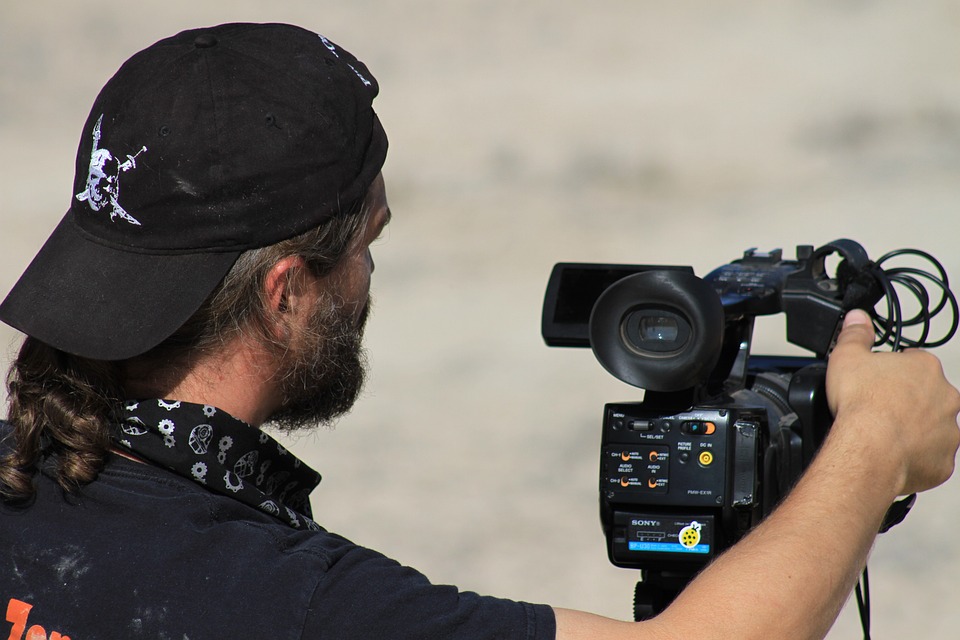The Director’s Role in Theatre: An Overview
In the world of theatre, the director plays a crucial role in bringing a production to life. From selecting the cast to setting the overall vision for the show, the director oversees every aspect of the performance. Over the years, the role of the director has evolved significantly, reflecting changes in the theatrical landscape and audience expectations.
Early Directors: Puppeteers and Choreographers
In the early days of theatre, the director’s role was not as clearly defined as it is today. In ancient Greece, for example, plays were often directed by the playwright himself or by a choreographer who focused primarily on the movement and staging of the actors. Similarly, in medieval Europe, directors were seen more as puppeteers, manipulating the actors and scenery to create a visually stunning spectacle.
As theatre evolved and became more sophisticated, the role of the director began to take on greater importance. In the 19th and early 20th centuries, directors like Konstantin Stanislavski and Max Reinhardt revolutionized the way plays were staged, focusing on emotional realism and intricate blocking to create a more immersive experience for the audience.
The Rise of the Auteur Director
In the mid-20th century, a new type of director emerged: the auteur. Inspired by filmmakers like Alfred Hitchcock and Orson Welles, these directors saw themselves as the primary creative force behind a production, using their unique vision to shape every aspect of the performance.
Auteur directors like Peter Brook and Peter Hall pushed the boundaries of traditional theatre, experimenting with non-linear narratives, minimalist sets, and avant-garde techniques. This marked a significant shift in the director’s role, from mere facilitator to creative visionary.
The Director as Collaborator
In recent decades, the director’s role has evolved even further, with a greater emphasis on collaboration and teamwork. Directors now work closely with designers, choreographers, and actors to create a cohesive and dynamic production.
This collaborative approach is reflected in the rise of devised theatre, in which the entire ensemble works together to create a play from scratch. Directors like Anne Bogart and Robert Lepage have embraced this model, encouraging actors to contribute their own ideas and perspectives to the creative process.
Technological Advances and the Director’s Role
The role of the director in theatre has also been influenced by technological advances. In the past, directors relied primarily on their own vision and instincts to bring a production to life. Today, they have access to a wide range of tools and technologies that can enhance the theatrical experience.
Projection Mapping and Digital Effects
One of the most significant advancements in theatre technology is projection mapping, which allows directors to transform a stage into a dynamic and immersive environment. By projecting images onto set pieces and backdrops, directors can create stunning visual effects that would have been impossible to achieve with traditional methods.
Directors like Robert Wilson and Julie Taymor have embraced projection mapping in their productions, using it to create elaborate dreamscapes and surreal worlds. This technology has opened up new possibilities for directors to explore complex themes and enhance the emotional impact of a performance.
Virtual Reality and Immersive Theatre
Virtual reality (VR) has also had a profound impact on the director’s role in theatre. With VR headsets and 360-degree cameras, directors can create immersive experiences that blur the line between reality and fiction. Audiences can be transported to distant worlds, interact with virtual characters, and explore a story from multiple perspectives.
Directors like Darren Aronofsky and Alejandro Iñárritu have experimented with VR in their productions, pushing the boundaries of traditional storytelling and engaging audiences in new and exciting ways. As VR technology continues to evolve, it is likely to play an increasingly important role in the future of theatre.
The Future of the Director’s Role
As technology and audience expectations continue to evolve, the role of the director in theatre is likely to undergo further changes. Directors will need to adapt to new tools and techniques, collaborate with a diverse range of artists, and push the boundaries of traditional storytelling.
Interdisciplinary Collaborations
One trend that is likely to shape the future of the director’s role is interdisciplinary collaborations. Directors are increasingly working with artists from other disciplines, such as dancers, musicians, and visual artists, to create innovative and multi-dimensional performances.
This interdisciplinary approach allows directors to explore new ideas and techniques, blending different art forms to create a truly immersive experience. Directors like Ivo van Hove and Deborah Warner have embraced this model, collaborating with artists from diverse backgrounds to push the boundaries of traditional theatre.
Interactive and Participatory Theatre
Another trend that is likely to influence the director’s role is the rise of interactive and participatory theatre. Audiences are increasingly seeking out immersive experiences that allow them to engage with the performance in a more active way.
Directors like Punchdrunk and Sleep No More have embraced this trend, creating productions that invite audience members to explore the world of the play and interact with the characters. This type of theatre blurs the line between performer and spectator, creating a more dynamic and engaging experience.
In conclusion, the role of the director in theatre has evolved significantly over the years, reflecting changes in technology, artistic trends, and audience expectations. Directors today are not just facilitators or visionaries, but collaborators and innovators who push the boundaries of traditional storytelling. As theatre continues to evolve, the director’s role will likely continue to change, adapting to new tools and techniques and embracing a more collaborative and interactive approach to performance.
